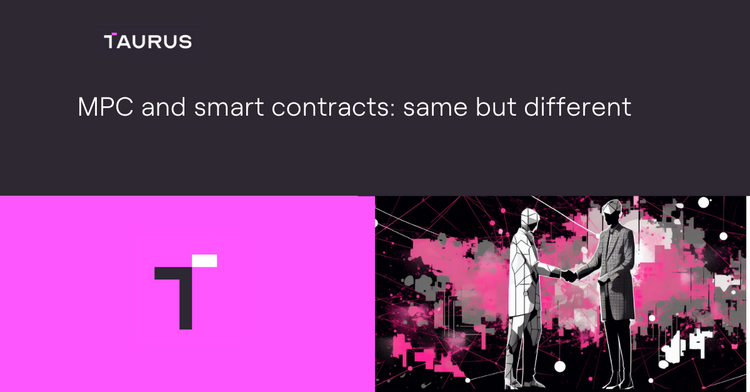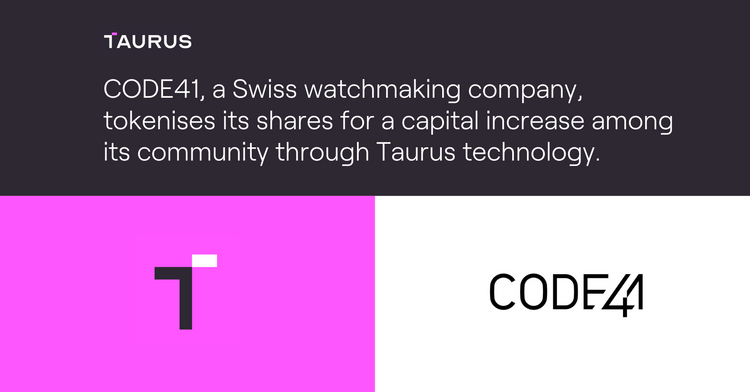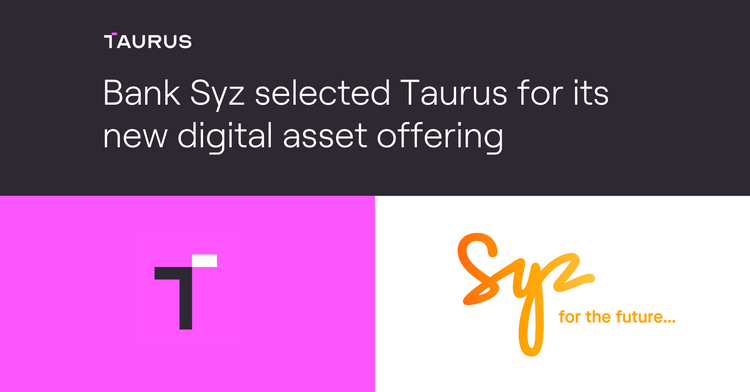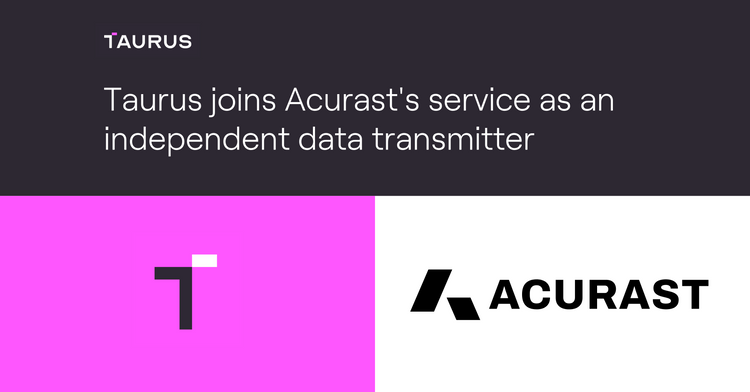Ethereum's Merge is not the end of the road
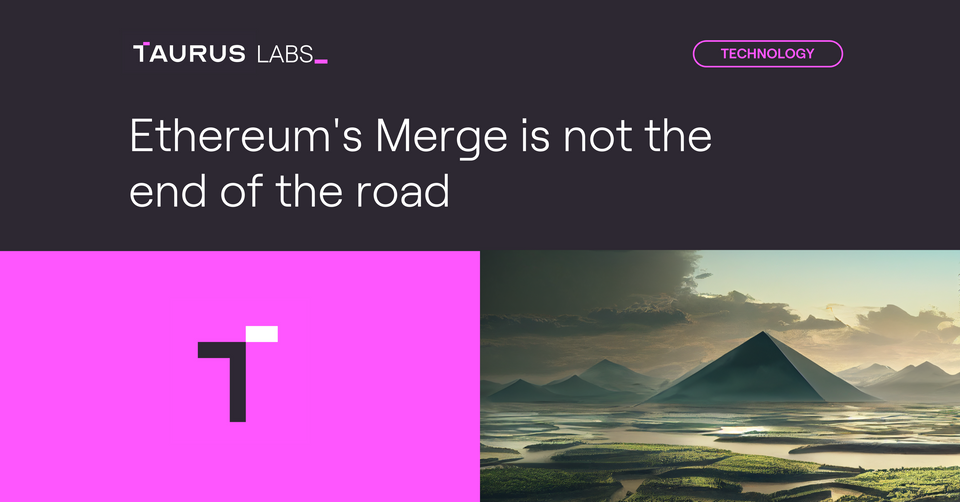
It's generally understood that Ethereum is slow (just 15 tps) and energy-hungry, but in a few days it'll only be slow, and a year from now it may be much faster. The Ethereum team is indeed executing its two-stage upgrade towards what was formerly known as "Ethereum 2.0" (a term now deprecated), and big changes are coming.
NOW: "The Merge",
or the change from a proof of work-based consensus protocol to a proof of stake-based one, thereby eliminating the need to "mine" new blocks, which translated in a power consumption on par with that of Bangladesh – this brings a "99.95% reduction in total energy use", as Ethereum estimated. The effective Merge, and the mainnet's transition to the new consensus layer, will happen during the first two weeks of September 2022.
- On September 6, 11h34 UTC, blockchain epoch 144896, miners will start upgrading their software with the "Bellatrix" protocol upgrade, from then on we can expect some instability in the network
- The date of the actual Merge is expected to be September, 13, 13h18 UTC – subject to change.

Summary of the Ethereum evolution: The Merge and Sharding are the major milestones. Image credit: https://ethereum.org/en/upgrades/merge/
If you're a user of the Ethereum network, making transfers of ETH and other tokens, interacting with smart contracts and dApps, and if you are not running node servers, then the Merge upgrade will be mostly transparent to you, because the execution layer is unchanged – in particular, the transactions format and the EVM won't change. The only perceptible impact might be some network slowdown (in case things go exactly as planned) and a more volatile ETH value.
There is thus little to no risk for the users, but no direct benefit either: The Merge won't (directly) affect the network's gas fees nor its throughput (as transactions per second), as the changes are only at the consensus layer, not at the execution layer (where transactions happen).
"But what will happen to the miners? Will they have to sell their GPUs to gamers and AI projects?"
Don't worry too much about miners, they have plenty to mine with all the proof of work-based blockchains around. Some miners nonetheless would like to preserve the legacy, pre-Merge, Ethereum and keep the proof of work running by creating a hard fork where the "new" and the "old" version would coexist – in the same vein as the Ethereum Classic fork. It's however hard to be convinced of the merits of such an alternative Ethereum, unless you're a miner (at the time of writing, the "EthereumPoW Whitepaper" consists of 10 blank pages).
If you're a miner, or if you're running an execution layer node (such as geth) or a beacon chain validator or node (with a client such as Lighthouse or Prysm), or if you're exploiting MEV, then the Merge will have a major impact for you, the details of which are beyond the scope of this post, and well documented in various places.
Ethereum full nodes must run two separate clients: execution client (formerly known as "Ethereum 1"), and consensus client (introduced as "Ethereum 2").
SOON: "Sharding",
or the series of changes that will lead to an Ethereum capable of supporting more transactions per second, without using a third-party layer-2 protocol. This is known as addressing the scalability problem – or being able to increase the usage of the platform without significantly degrading the cost (gas fees) and performance (latency, throughput, compute and memory usage).
Ethereum's plans to implement sharding – the general idea of distributing data storage across multiple systems to reduce the workload of Ethereum nodes – have evolved, and the latest proposed version is based on the "proto-danksharding" idea described in detail in The Hitchhiker's Guide to Ethereum and specified in EIP-4844 "Shard Blob Transactions".
The proposed Ethereum sharding architecture is complex and with many moving parts – from data availability via polynomial commitments to rollups creation – and it will take time to reach a state where the design and its implementation are mature enough to be deployed on mainnet. The Ethereum team nonetheless progresses at a good pace and includes some of the most competent researchers and engineers in the space, we can thus expect the faster Ethereum to come, as planned, between 2023 and 2024.
Taurus actions
We closely follow Ethereum's development and actively contributed to its security. In preview of the Merge, we tested our full technology stack, in particular, we:
- Ensured that Taurus-Explorer's (blockchain node and indexing infra) execution layer and consensus layer clients were properly updated and Merge-ready.
- Tested Taurus-Protect's (custody platform) and Taurus-Capital’s (tokenization platform) compatibility with the new proof of stake consensus via the Sepolia testnet.
- Created an internal task force to ensure that our systems are ready, that the relevant information is collected, analyzed, and acted upon.
- Communicated with our clients, to address potential questions and concerns, and describe our readiness level, and will keep communicating regarding new developments, potential risks, and the status of the Merge.
We do not expect any downtime of our systems during the Merge –that is, the period from the Bellatrix update on Sept 6th, to the expected actual Merge on Sept 13th, and the following days where mainnet will start using only the proof of stake consensus.
Despite our extensive testing, and that of the Ethereum project, some network instability and slowdown is not unlikely – for example if emergency patches need to be deployed. We thus recommend to our client to minimize their use of Ethereum during the Merge period.
Beware of scammers
Ethereum is not immune to the fraudsters that regrettably plague the blockchain space. We thus warn our clients, the readers of this post, and all Ethereum users alike, of the risk of scams, phishing, and other fraud attempts that may try to exploit the perceived uncertainty surrounding the Merge. We recommend that you consult Ethereum's page about scam prevention, and be particularly wary of unsolicited contacts that:
- Use the term "Ethereum 2.0", or "Eth2"; although it was initially the term officially used by Ethereum, it's been abandoned and is no longer used in official material, nor by well-informed parties.
- Offer "staking services" and invite you to send token to some Ethereum address, with the promise of high yield and security.
- Offer new wallet applications, for example by claiming that the usual ones will stop being compatible with Ethereum.
- Invite you to share Ethereum addresses or keys or any type.
- Ask for your help, pretending to be naive novice users and even sharing their account's private key with you: this con trick plays on its marks' greed, and the catch is subtle, but lethal. This is not specific to the Merge, but emerged recently as a popular scam technique to steal ETH. Here's an example of message we received:

Conclusion
We are delighted to see Ethereum adopting a proof of stake consensus, and look forward the new Ethereum era. Taurus will continue to leverage Ethereum for tokenization and other on-chain applications that our clients need, without compromising on security assurance and reliability. We are also researching layer 2 scalability technologies and their core technologies, particularly zero-knowledge proof systems – for example, we will present some results at the zkSummit8 workshop. Do not hesitate to contact us at contact@taurusgroup.ch or through your Taurus’ point of contact.

